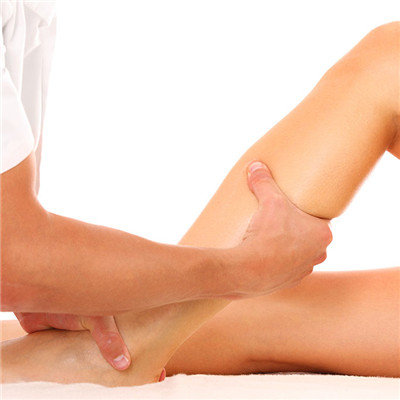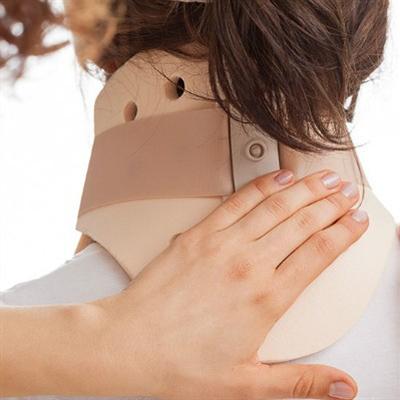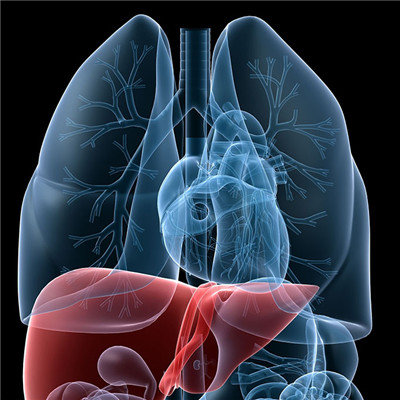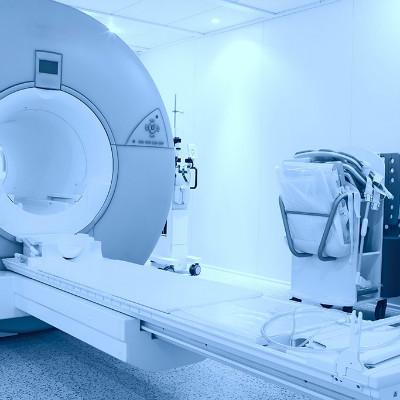The symptom of calcaneal fracture?
summary
Calcaneal fractures are characterized by severe pain, swelling and ecchymosis in the heel, inability to walk on the ground, and calcaneal tenderness. This disease occurs more often in adults and is often caused by falling from height or squeezing. Often accompanied by spinal fractures, pelvic fractures, head, chest, abdominal injuries. Calcaneus is cancellous bone with abundant blood supply, and nonunion is rare. But if the fracture line into the articular surface or poor reduction, posttraumatic arthritis and calcaneal weight-bearing pain is very common. The symptom of calcaneal fracture? Let's talk about it
The symptom of calcaneal fracture?
According to the typical history of trauma, heel pain and tenderness, heel congestion, wide and flat deformity, as well as calcaneal outward tilt valgus, normal depression under the lateral malleolus disappeared, it is not difficult to make fracture judgment. The X-ray film is mainly standard lateral and axial film. When taking axial film, the X-ray tube should be 40? 40 ° to the longitudinal axis of foot? On the lateral film, draw a line from the anterior articular process of calcaneus to the posterior articular surface, and then draw a line from the posterior articular surface to the calcaneal tubercle. The intersection angle of the two lines is called the calcaneal tubercle drawing line, and the intersection angle of the two lines is called the calcaneal tubercle angle (b) ö Hler angle), normal 20? ~ 40?。
(1) Calcaneal posterior tuberosity fracture: there are longitudinal fracture, transverse fracture and avulsion fracture( 2) Anterior calcaneal tubercle fracture: the fracture line passes through the anterior calcaneal tubercle( 3) Talus fracture: the talus fracture of the calcaneus is characterized by fracture and displacement( 4) Fracture of the proximal talocalcaneal joint in front of the tubercle: in fact, the joint has been affected here, so attention should be paid to the treatment.
Weight bearing difficulties and heel pain, local tenderness, swelling and subcutaneous congestion spots were also more obvious. In severe compression fractures, the height of the heel decreased, the transverse diameter of the heel widened, and the normal depression of the lower part of the lateral malleolus disappeared. However, there was only local swelling and tenderness in peripheral calcaneal fractures, and the range of motion of subtalar joint was normal. The changes of the articular angle and transverse diameter of the calcaneal tubercle can be determined by X-ray.
matters needing attention
The quadriceps femoris and toes should be moved actively during plaster fixation, no matter whether the operation or not. After removing the plaster, the fracture has been healed or the joint has been fused. We should actively exercise the ankle joint and foot function, including the application of instruments.















